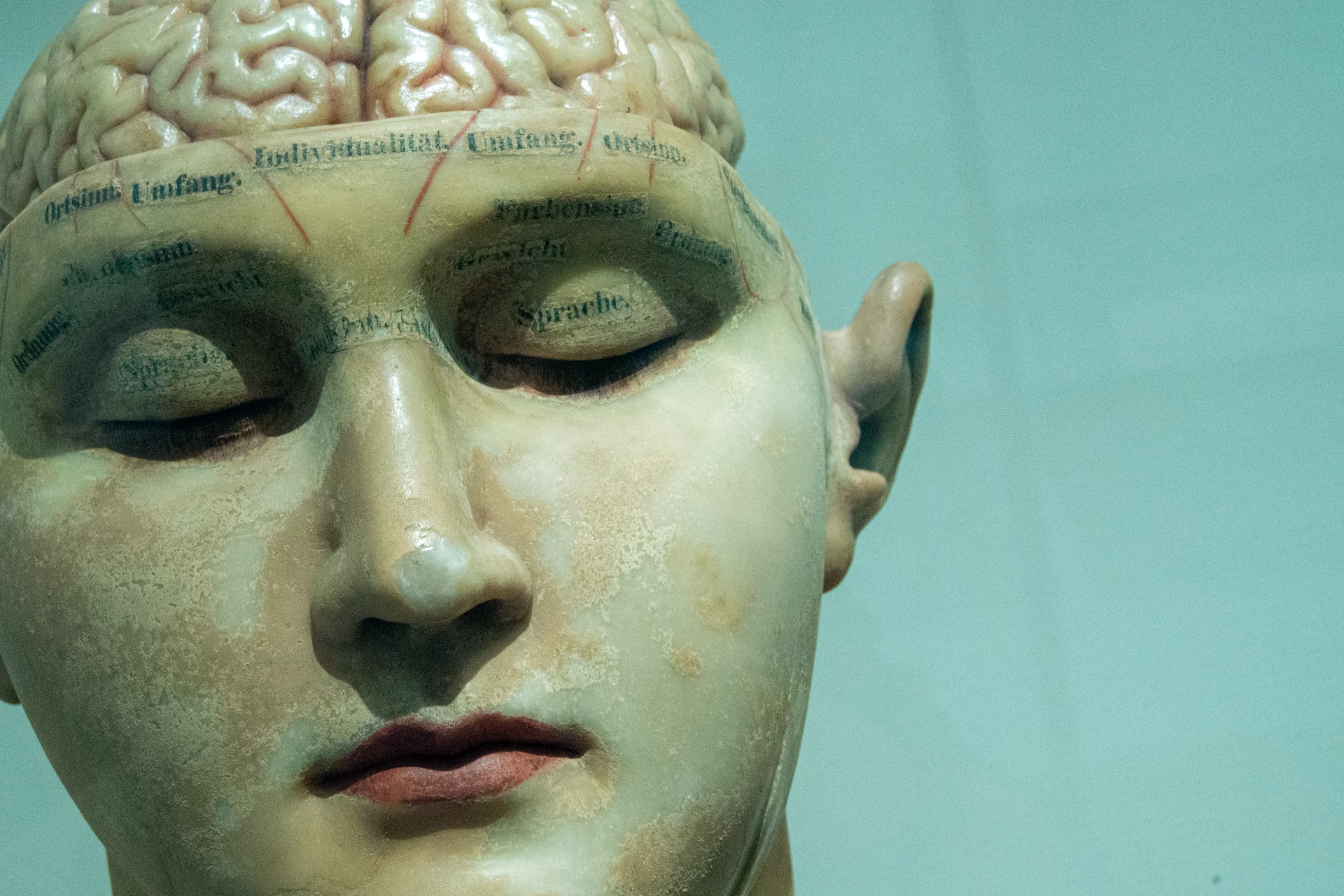Tell me about degenerative brain disease list
When it comes to our health, we often think about physical ailments and diseases that affect our body. However, there is another type of disease that can have a devastating impact on our health and well-being – degenerative brain diseases.
Degenerative brain diseases, also known as neurodegenerative diseases, are a group of disorders that progressively damage the brain and nervous system over time. These diseases are characterized by the deterioration of neurons (nerve cells) in the brain, leading to a decline in cognitive function and physical abilities.
There are many different types of degenerative brain diseases, and they all have their own specific symptoms, causes, and treatment options. In this article, we will explore some of the most common degenerative brain diseases and what you need to know about them.
1. Alzheimer’s Disease
Alzheimer’s disease is the most well-known and prevalent degenerative brain disease, accounting for 60-80% of all cases. It is a progressive disorder that affects memory, thinking, and behavior. In the early stages, individuals may experience difficulty remembering recent events or facts, trouble with language, and confusion. As the disease progresses, it can lead to severe memory loss, disorientation, and changes in behavior and personality.
The exact cause of Alzheimer’s disease is still unknown, but it is believed to be a combination of genetic, lifestyle, and environmental factors. There is currently no cure for Alzheimer’s disease, but there are treatments that can help manage symptoms and slow down its progression.
2. Parkinson’s Disease
Parkinson’s disease is another common degenerative brain disorder that affects around 1 million people in the United States. It is caused by the death of nerve cells in the brain that produce dopamine, a chemical that helps control movement. As a result, individuals with Parkinson’s disease often experience tremors, stiffness, balance problems, and difficulty with coordination.
The exact cause of Parkinson’s disease is also unknown, but it is believed to be a combination of genetic and environmental factors. There is no cure for this disease, but medications and therapy can help manage symptoms and improve quality of life.
3. Huntington’s Disease
Huntington’s disease is a rare degenerative brain disorder that affects around 30,000 people in the United States. It is caused by a genetic mutation that leads to the death of nerve cells in certain areas of the brain. This results in a progressive decline in motor control, cognitive ability, and behavioral changes.
Symptoms of Huntington’s disease usually appear between the ages of 30-50 and can include involuntary movements, difficulty with balance and coordination, trouble with memory and decision-making, and mood swings. There is no cure for this disease, but there are treatments available to manage symptoms and improve quality of life.
4. Amyotrophic Lateral Sclerosis (ALS)
Also known as Lou Gehrig’s disease, ALS is a degenerative brain disease that affects the nerve cells responsible for controlling voluntary muscle movement. As these cells degenerate, individuals with ALS experience muscle weakness, difficulty with speaking and swallowing, and eventually complete paralysis.
The exact cause of ALS is not fully understood, but it is believed to be a combination of genetic and environmental factors. There is no cure for ALS, but there are treatments available that can help manage symptoms and improve quality of life.
5. Multiple Sclerosis (MS)
MS is a chronic, autoimmune degenerative brain disease that affects the central nervous system. It occurs when the immune system attacks the protective covering of nerve cells, leading to damage and interruption of communication between the brain and the rest of the body.
Symptoms of MS can vary widely but often include fatigue, numbness or tingling in body parts, difficulty with balance and coordination, muscle weakness, and vision problems. There is currently no cure for MS, but there are treatments available that can help manage symptoms and slow down the progression of the disease.
In addition to these five degenerative brain diseases, there are many others, including frontotemporal dementia, Creutzfeldt-Jakob disease, and Pick’s disease. Each of these diseases has its own unique set of symptoms and progression.
It is important to note that while degenerative brain diseases are often associated with aging, they can affect individuals of any age. Furthermore, many of these diseases have no known cure, making early detection and treatment crucial in managing symptoms and improving quality of life.
In conclusion, degenerative brain diseases are a group of disorders that progressively damage the brain and nervous system over time. They can have a devastating impact on an individual’s cognitive function, physical abilities, and overall well-being. While there is currently no cure for many of these diseases, ongoing research and advancements in treatment give hope for a future where these diseases can be effectively managed or cured. If you or a loved one are experiencing any symptoms of degenerative brain disease, it is important to seek medical attention and support for early detection and treatment.





